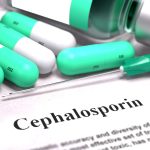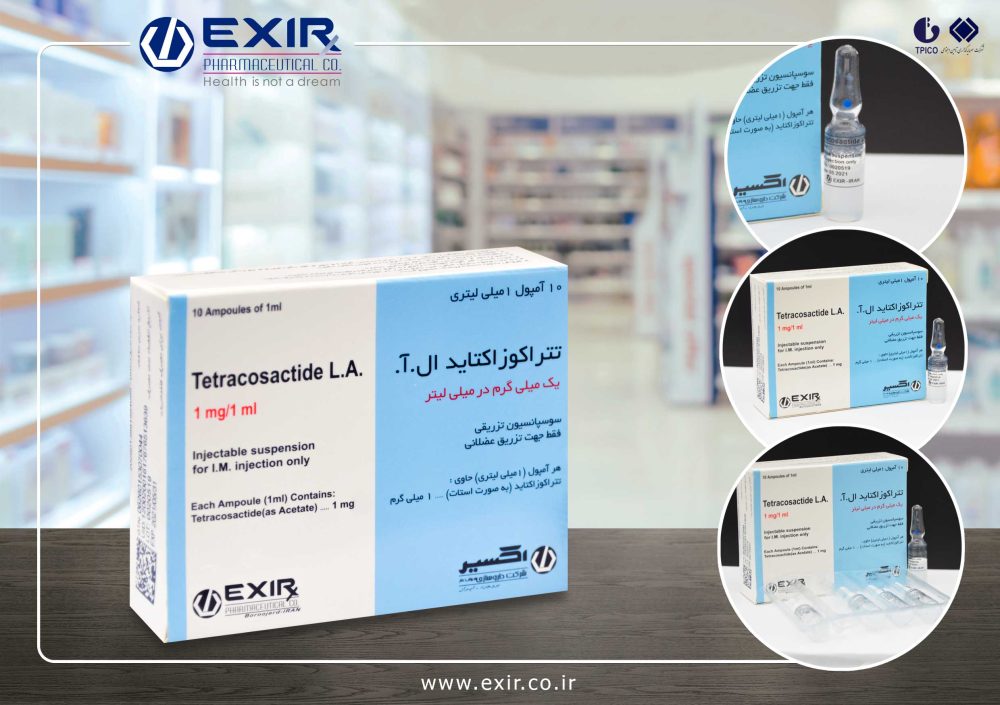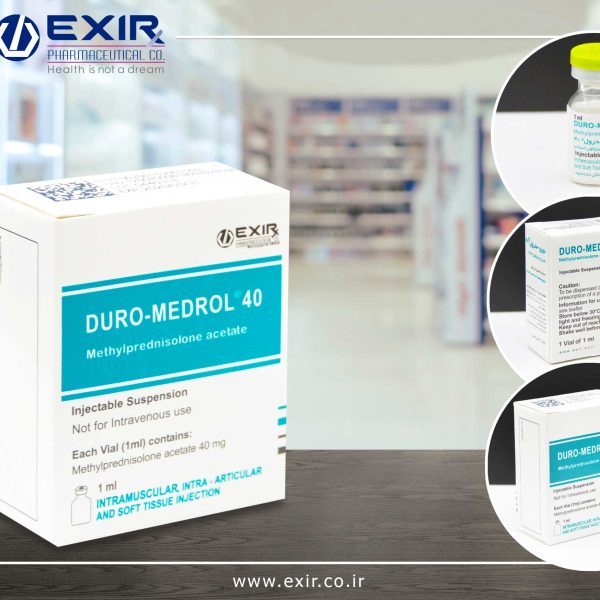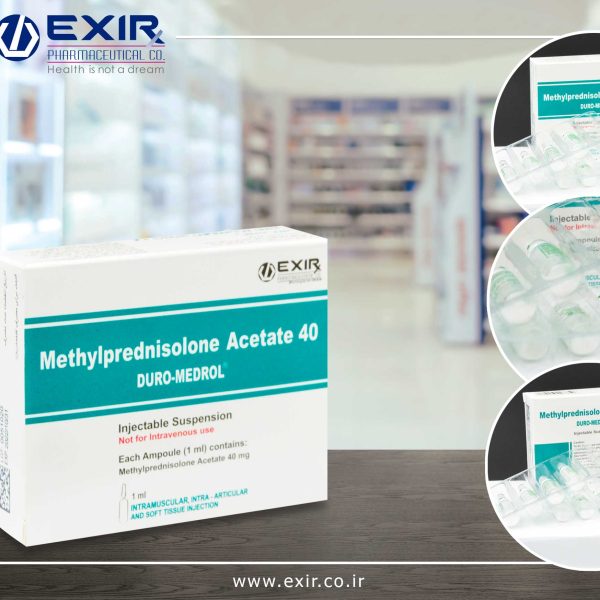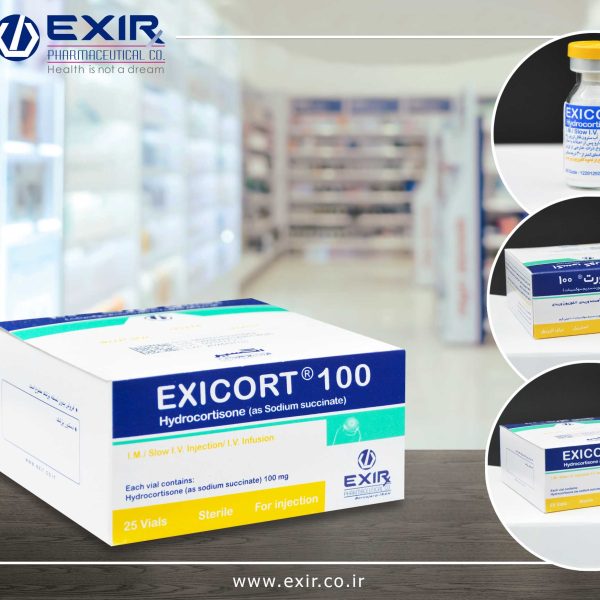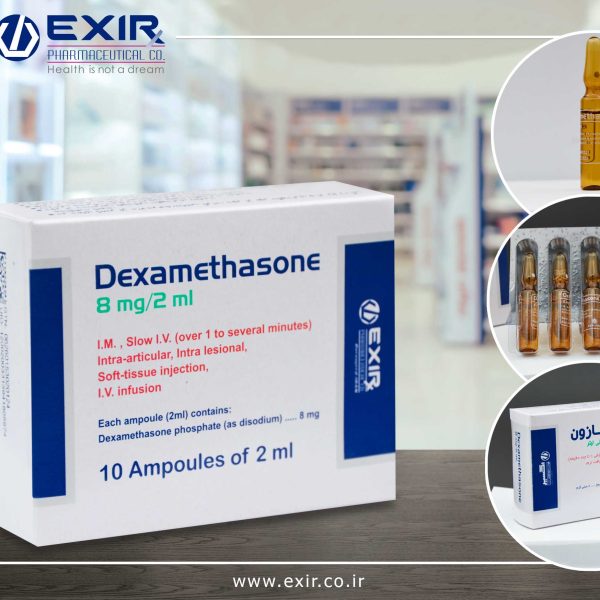کپی رایت © 2025
توضیحات محصول :
داروی تتراکوزاکتاید ال.آ. از دسته داروهای کورتون است که در شرکت داروسازی اکسیر تولید می شود
معرفی محصول
نام دارو: تتراکوزاکتاید ال.آ.
ﻧﺎم ژﻧﺮﯾﮏ: تتراکوزاکتاید ال.آ. 1میل یگرم در 1 میلی لیتر
دسته داروﯾﯽ: هورمون ها و جایگزین های سنتزی، غدد فوق کلیه
ﺷﮑﻞ دارو: ویال
مکانیسم عمل: تتراکوزاکتاید با تحریک قشر آدرنال باعث ترشح استروئیدهای آدرنال از قبیل هیدروکورتیزون – کورتیزون – مواد آندروژنیک و مقدار کمی آلدسترون می شود.
موارد مصرف: جهت تشخيص و ارزيابي نارسايي آدرنوكورتيكال



